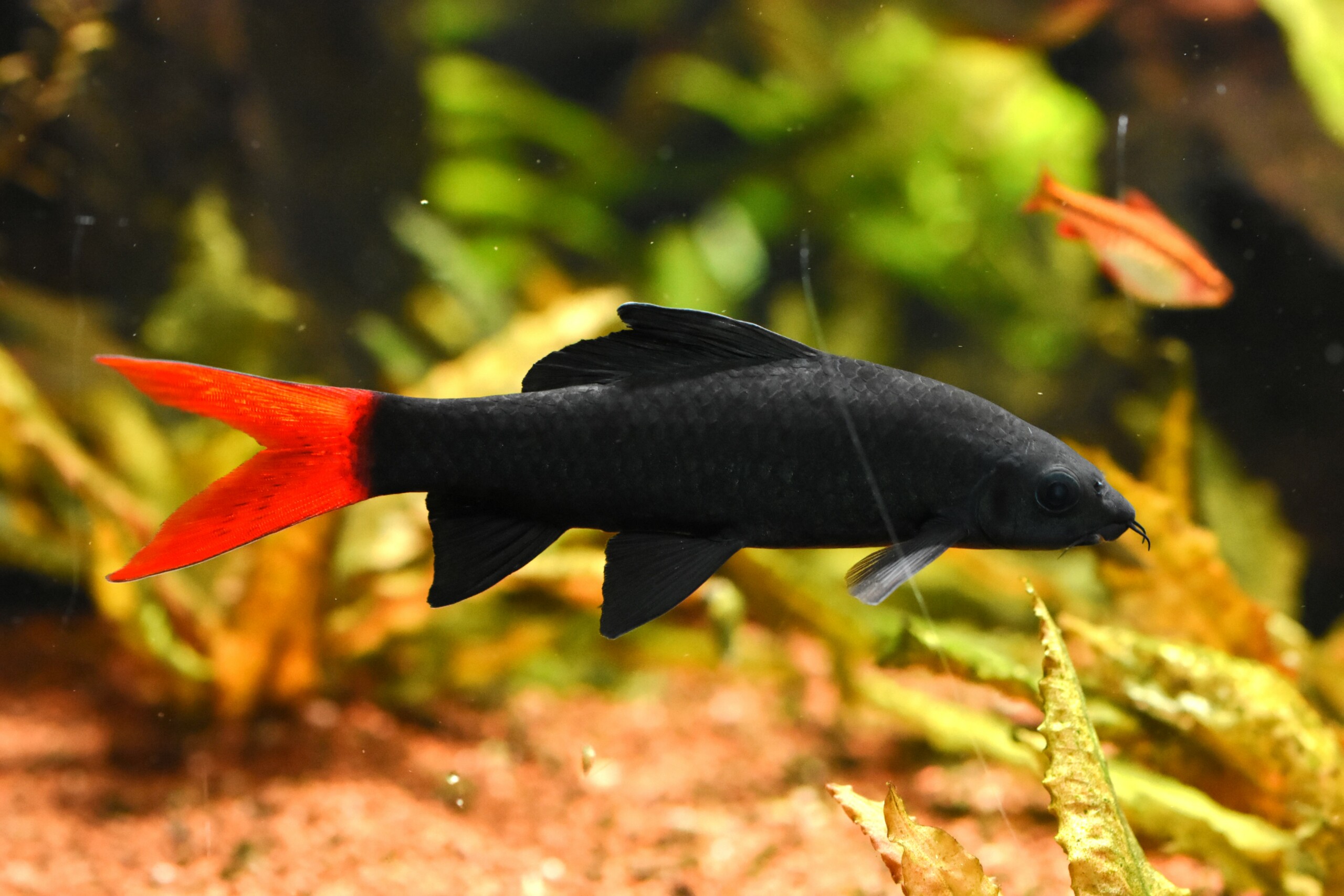
Fishkeeping in Service of Life and Science
Basic Rules for Proper Maintenance
The Fishipedia team is committed to providing you with the most accurate information possible on keeping fish in aquariums while adhering to a series of ethical guidelines. We strive to offer the best advice in hopes of helping you practice aquarium keeping in a manner that respects animal welfare and the environment.
The vast majority of the fish we recommend for aquariums are small species that are bred in captivity. In aquariums, they are neither subjected to predation nor to the stress that comes with it, nor to food shortages.
Maintenance and Acclimatization Difficulty
Some wild species, such as Zanclus cornutus, are difficult to acclimate and train to eat inert food. Acclimatizing these fish to an artificial environment can take several months and should ideally be done by professionals before they are sold. Unfortunately, these species are often offered to private individuals before this process is completed. More sensitive to stress and diseases, their lifespan in an aquarium is significantly reduced.
We also occasionally see species that are known to be very difficult to maintain in the long term. For example, seahorses, crinoids, and other non-photosynthetic corals (planktivorous) or Oxymonacanthus (coral-eating fish). These animals have specific dietary needs that are difficult, if not impossible, to replicate in captivity.
Size and the Phenomenon of Dwarfism
Most fish are sold as juveniles, which distorts buyers’ perceptions. For example, Naso vlamingii is frequently sold in stores despite its adult size of 60 cm. Similarly, Hemiscylliidae (bamboo sharks) are sold in the form of eggs, while adults measure over one meter and are unsuitable for home aquariums. In freshwater, several species such as pangasius, arowanas, or the cajaro (Phractocephalus hemioliopterus) are not suited for standard aquariums.
Often, fish are kept in volumes that are too small. They do not reach their adult size due to environmental pressure. Their lifespan is shortened, and they become more susceptible to diseases.
The phenomenon of dwarfism is most commonly seen in angelfish and altums, and, of course, in goldfish.
We still know little about the lifespan of fish. To date, it has been validated that several marine species sold in aquariums can live for several decades, which implies a long-term responsibility when purchasing them.
Status of Stocks in the Natural Environment
The vast majority of marine species and a small portion of freshwater species sold in aquariums are taken from the wild.
Some of them, such as clownfish, vampire crabs, or Pterapogon kauderni, have seen their populations drastically impacted in the wild due to trends in fashion. In saltwater, we find farmed fish, but since their prices are higher than wild-caught ones, they are still rarely purchased. For these species, we would encourage you to acquire individuals that are bred in captivity to limit the impact on wild populations.
Sometimes, the trade in wild fish contributes to the preservation of entire ecosystems because it provides a livelihood for communities in remote areas (this is sometimes the case in the Amazon, for example). Generally, we advise you to research the health status of the populations and ecosystems of wild-origin species.